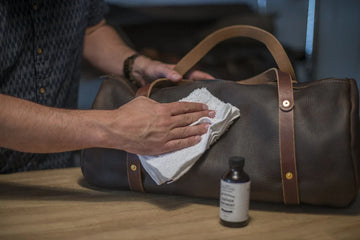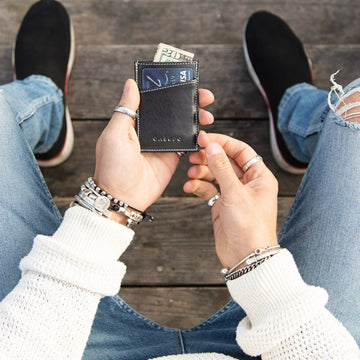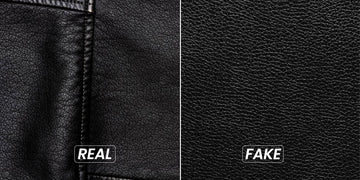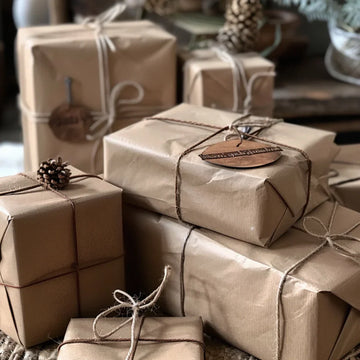The term Real leather is a broad category that simply means the material comes from natural animal hide rather than synthetic alternatives like PU (polyurethane) leather. Whether it’s crafted from cowhide, goatskin, or sheepskin, real leather can range from low to high quality. Examples of high-grade real leather include Full Grain leather and Top Grain leather, which are known for their durability and luxurious feel.
On the flip side, Genuine leather represents the lowest grade of natural leather. While it is technically “real” leather, its quality leaves much to be desired. Think of it as the "entry-level" option—affordable but less durable and not as visually appealing as higher-quality grades.
In summary:
- Real leather = Any leather made from animal hide, regardless of quality.
- Genuine leather = A specific type of real leather that’s low-cost and low-grade.
When shopping for leather products in Singapore’s bustling markets or high-end stores in the U.S., remember that "Genuine leather" isn’t synonymous with top quality.
What Does “100% Leather” or “100% Real Leather” Mean?
When a product label boasts "100% leather," it simply confirms that the material is made entirely from animal hide. However, it doesn’t guarantee the quality. In many cases, such claims are part of clever marketing strategies, with the leather often being Genuine leather.
For discerning buyers in cities like New York, Los Angeles, or Singapore, it’s crucial to ask for clarification: Is the leather Full Grain, Top Grain, or just Genuine?
Full Grain Leather: The Gold Standard
If you’re after premium leather quality, Full Grain leather is the benchmark. Known for its strength, durability, and natural imperfections that add character, Full Grain leather is often considered the best of the best.
What About Percentages?
Labels like "90% leather" or "80% leather" often indicate the presence of bonded leather, a mix of leather scraps and synthetic materials. Bonded leather doesn’t hold up as well as natural leather and is best avoided if longevity is a priority.
Top Questions About Leather Answered
1. What is real leather made of?
Real leather is derived from animal hides such as cowhide, goatskin, or sheepskin. These hides undergo a tanning process—either using natural materials like tree bark or chemicals like chromium salts—to enhance their durability while retaining flexibility.
2. Can real leather peel?
Authentic leather should not peel or flake. If you notice peeling, it’s likely faux or bonded leather, both of which are less durable and prone to wear.
3. What’s the most affordable leather option?
For budget-conscious shoppers in Singapore or the U.S., Genuine leather is a wallet-friendly choice, though it sacrifices quality for affordability. Bonded leather is another low-cost option but lacks the strength and lifespan of Genuine leather.
4. Can leather withstand water exposure?
Water and leather don’t mix well. Prolonged exposure can lead to discoloration, shrinking, or even rotting. However, high-quality leathers like Full Grain often come with waterproof treatments to protect against moisture damage, making them ideal for humid climates like Singapore’s or snowy conditions in parts of the U.S.
Why Knowing the Difference Matters
Whether you’re browsing luxury leather bags in Singapore’s Orchard Road or hunting for deals in California’s outlet malls, understanding leather grades can save you from buyer’s remorse. While Genuine leather may seem tempting due to its low price, investing in Full Grain or Top Grain leather ensures long-lasting value and a better return on investment.
For more insights on leather care tips, product reviews, and where to find the best leather goods in Singapore and the U.S., stay tuned to our blog!


















